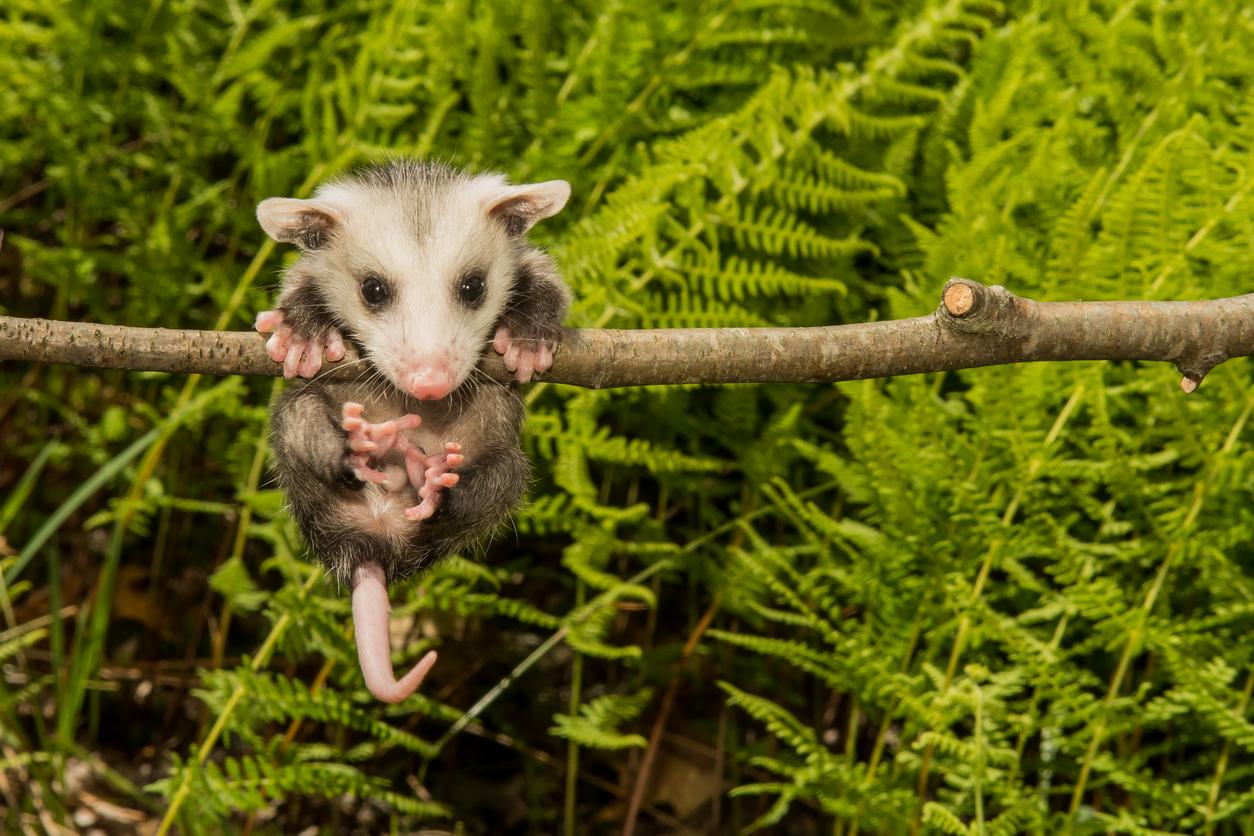“It was pretty clear when I was little. My parents told me: it’s simple, you go out, you die. I really have zero UV tolerance.” Nihal testifies with Konbini of the rare genetic disease from which she suffers: that of the children of the moon, also called Xeroderma Pigmentosum (XP). Where is she from ? What does it imply? How is she treated? Answers based on information from Association for Xeroderma Pigmentosumand the Medical Research Foundation.
Xeroderma Pigmentosum: what is the profile of those affected?
Both girls and boys can be affected. It is a rare disease, which affects 1 in 1 million children in Europe and the United States. It is less rare in Japan, the Maghreb and the countries of the Middle East, since it can affect 1 in 100,000 babies. The number of people affected is estimated at between 5,000 and 10,000 worldwide, and finally 70 to 80 people in France, according to 2014 figures. Nihal estimates the number of patients at “a hundred in France” today. It was named in 1870 by a Hungarian dermatologist, Doctor Kaposi: its name comes from the discoloration of parchments exposed to the sun.
It’s not not a disease that you catch throughout your life, which fades with time, even if it is called “children of the moon”, you are born with it and you keep it all your life. It is genetic and recessive: which means that both parents must be carriers of the gene for the child to be affected, underlined Professor Sarasin of the Gustave Roussy Institute in 2014. In the event that the parents know they are carriers of the gene, a diagnosis can be made before birth.
What are the symptoms of Moon Children Disease?
There are two types of XP, the “classic” version and the “variant”. In both cases, it is characterized by a ultrasensitivity to ultraviolet rays that leads to skin damage when exposed, under different forms. From the first months of life, the slightest exposure to the sun, however rapid it may be, causes severe erythema, or red skin lesions. Like Nihal in Konbini’s video, moon children who see the sun develop freckles, which is how her parents found out she was affected. They are also victims of photophobia.
THE skin cancer arrive very quickly, from 2 years old, if the child is exposed. Patients can also develop ocular abnormalities from early childhood, such as conjunctivitis, corneal problems. More rarely, in 20% of cases worldwide, the child is also affected by developmental complications and neurological problems.
The “variant” of XP is less intense, it appears much later, over a very wide range, between 15 and 40 years. 20 to 25% of patients are affected by this form of the disease. “The progression of the disease is much slower and the life expectancy considerably greater (but still lower than that of the normal population)”, notes the Association of Children of the Moon.
What is the life expectancy? What are the treatments ?
As the skin has zero UV tolerance, it all depends on how the child has been protected/exposed. A person well protected against UV can live a long time, but a person who has been exposed without being preserved at all (due to ignorance of the disease for example) would not exceed adolescence, estimates the association dedicated to pathology.
On the treatment side, even if gene therapies are being developed, there is currently no way to treat or cure it. The only way to support patients is to do prevention. People with moon child disease must be 100% protected from the sun, use very high protection creams at all times, have sunglasses (or even a ski mask), a special anti-UV helmet, masks, gloves, UV filters at home or in their car, normal incandescent lamps. The only exception is at night, when they can go out without special protection.
A device can help them detect the amount of UV present in the space where they are, as evidenced by Nihal, it is a dosimeter. Their lives are punctuated by appointment with the dermatologist, every 2 to 3 months, to monitor for possible lesions. When a lesion worries the doctor, surgery is scheduled to extract it.
Sources: Medical Research Foundation, Konbini, Xeroderma Pigmentosum Association
















